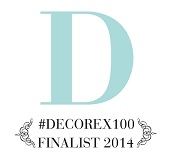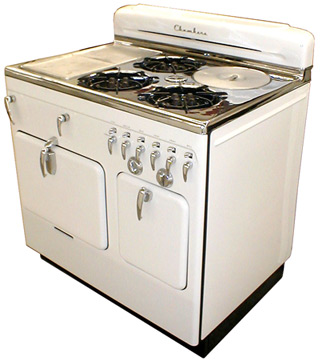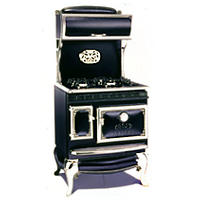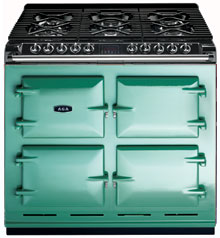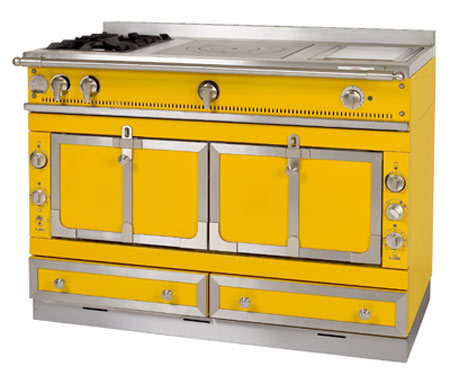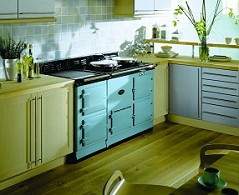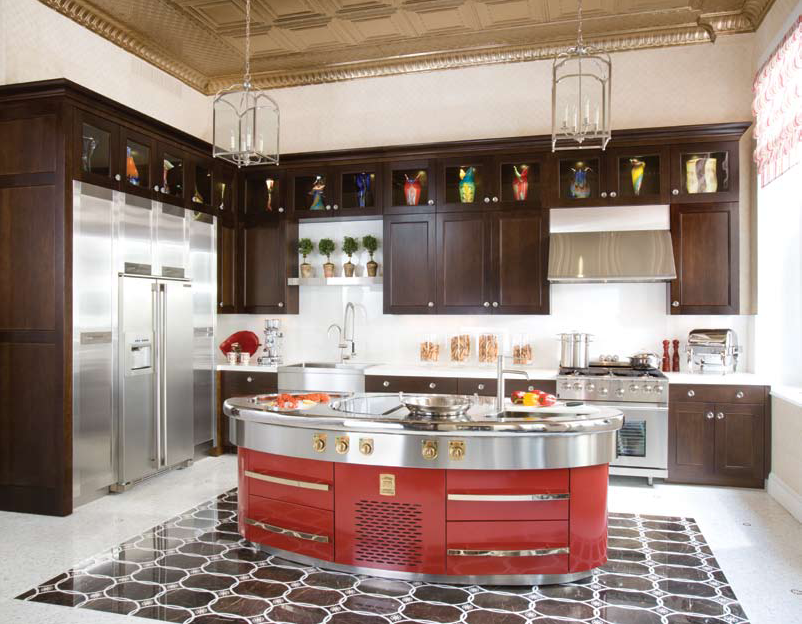Jungle Fever
 Wednesday, February 22, 2012 at 1:35AM |
Wednesday, February 22, 2012 at 1:35AM |  Laurie Gorelick Interiors
Laurie Gorelick Interiors The week before last, I started to go crazy on Pinterest. If you are unfamiliar with Pinterest, it is a digital pin board site that allows you to save and comment on images gleaned from the internet. Any image will do, but obviously I use it to inventory notable interiors. I looked up some of my favorite designers and others that are clearly "A list" and pinned noteworthy designs. I sorted the images into boards illustrating the elements and principles of design (like pattern, texture and scale), interesting window treatments, examples of custom millwork, and other topical categories. As I searched, one constant kept cropping up and that was animal print. It's widely known that designers love animal prints. Elsie de Wolfe, the doyenne of American interior decoration, inaugurated this infatuation. And whether in design school or elsewhere, I've learned that peppering an interior with a little animal print is always considered good design.
Before long, I had accumulated so many pins of interiors with animal prints that I had enough to fill a board. Then my cup runneth over. There were so many interiors with animal prints by so many different designers that it started to seem like overkill. I love a little animal print, but is it something we've overdone?

Using an animal hide as a floor covering anchors and creates focus for a seating area. Interior by Martyn Lawrence Bullard.
Eileen Kathryn Boyd uses a zebra print area rug to add a contemporary twist to traditional dining room furniture.

Eileen Kathryn Boyd cuts the softness and femininity of the pastel palette with the contemporary zebra patterned stool.

Leopard print stools contrast with a tradtional and antique-filled living room designed by Alessandra Branca.

It's one thing to have zebra-printed hide on the stools, but on the mirror too? Overkill indeed! Interior design by Mary McDonald.




